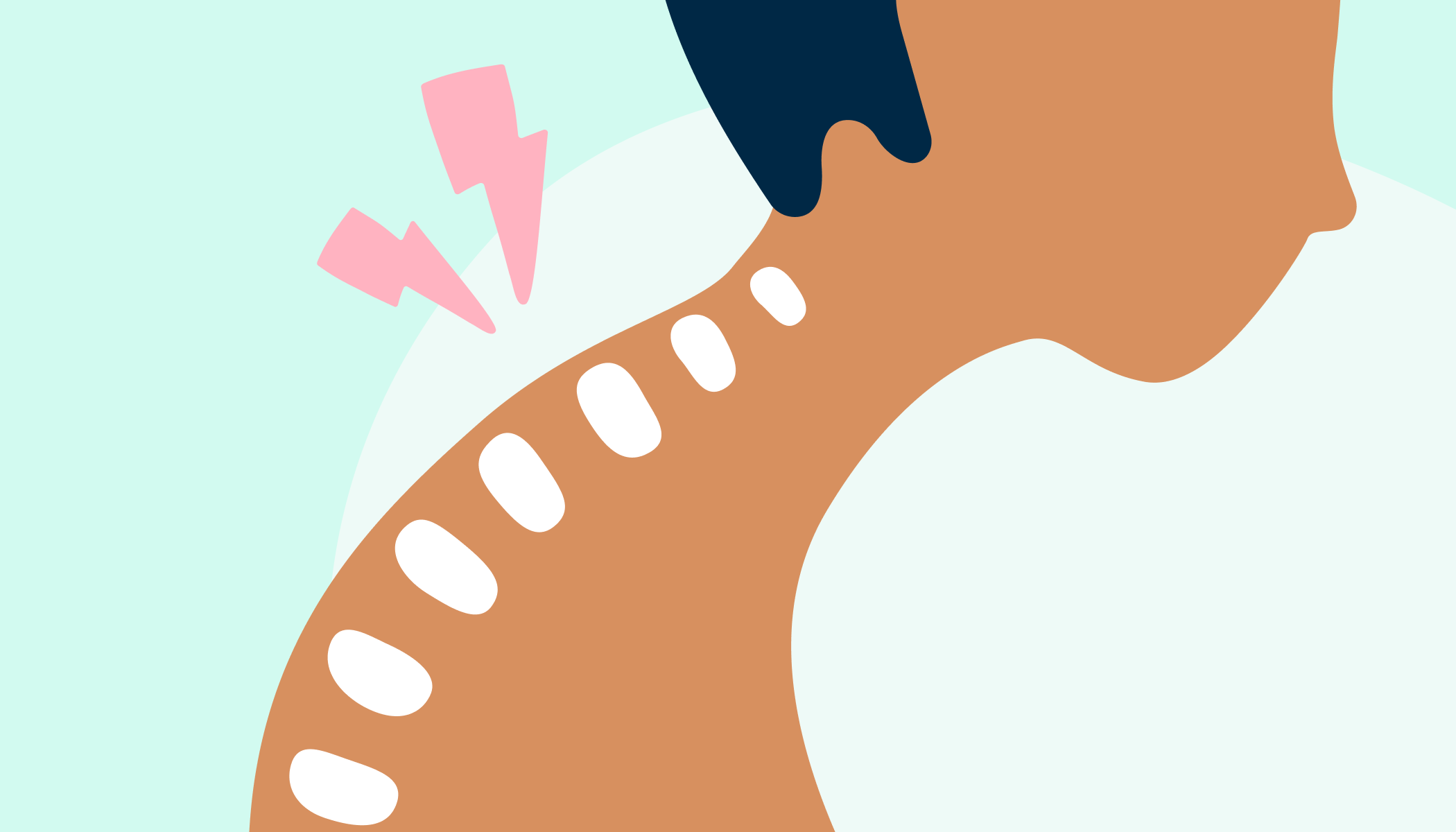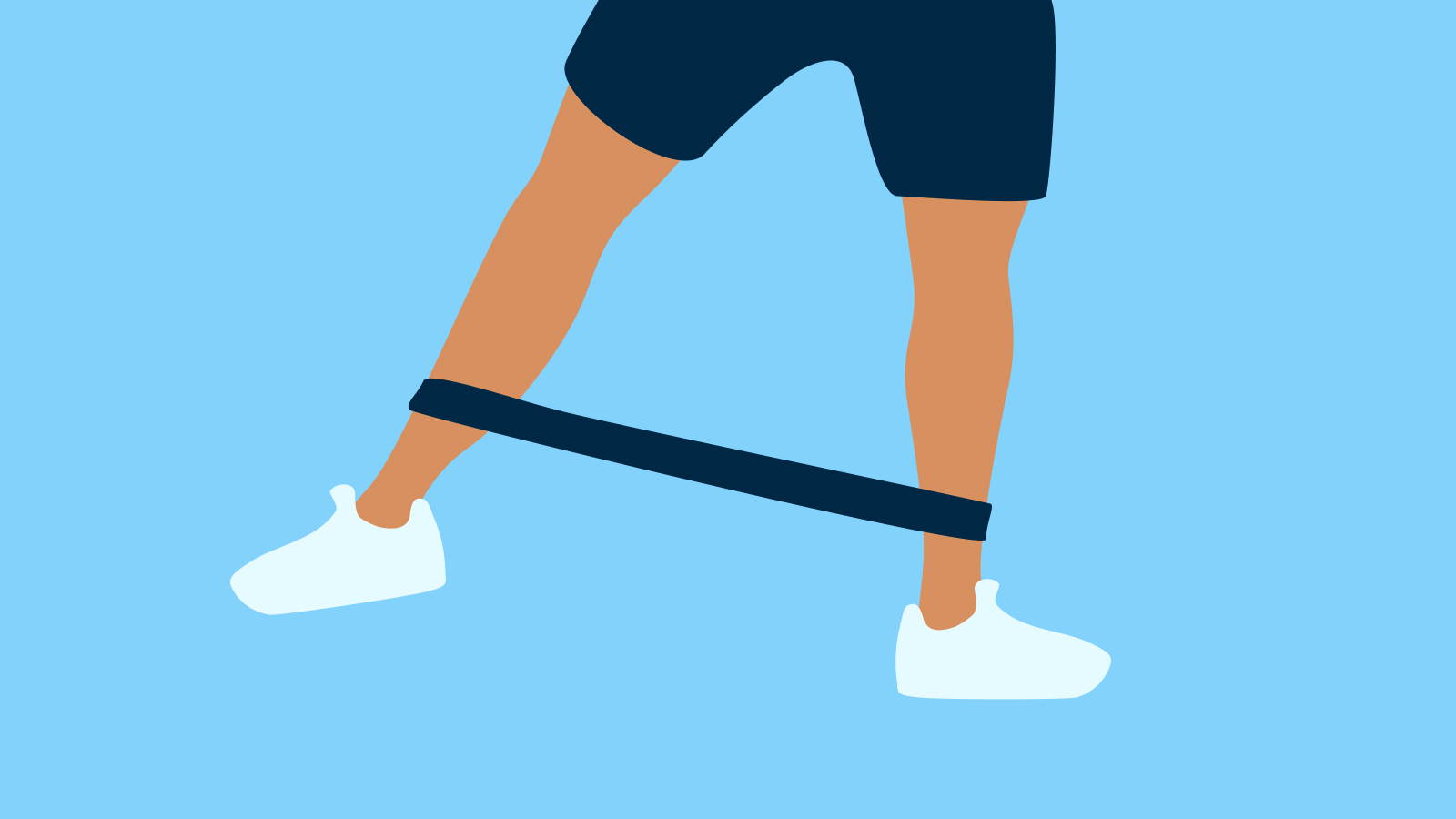Keeping a good posture is something that can often be forgotten, especially when we’re busy working or on-the-go – but it’s essential for looking after your body’s musculoskeletal health.
Musculoskeletal conditions are injuries or disorders of the muscles, nerves, tendons, joints, cartilage, and spinal discs. They add up to nearly a third of all GP appointmentsin England.
Lower back and neck pain are also the biggest cause of years lost to disability in the UK, with chronic joint pain (or osteoarthritis) affecting more than 8.75 million people.
Why is good posture important?
‘Although there’s no such thing as “perfect posture”, it’s a good idea to avoid staying in positions that feel uncomfortable. People often notice a link between recurring aches and pains, and sitting in a certain position for too long,’ says Dr McClymont
Bad posture can cause pain in the neck, back, shoulders, legs and feet, as well as secondary pain in the head. On top of adding to stress and fatigue levels, poor posture can lead to more serious musculoskeletal conditions.
This is why it’s best to stay as active as possible, know how to improve your posture and look after your body.
The NHS and the British Chiropractic Association have lots of free advice on how to correct your posture – which involves more than just sitting up straight! They also talk through exercises you can do to support your muscular health in everyday life.
What are your postural muscles?
Postural muscles are also known as core stability muscles, and are found in your abdomen, pelvis and back. They act as natural scaffolding to stabilise and hold your body together. It’s very important to have strong and healthy postural muscles to help maintain good posture, coordination and balance.
‘Your postural muscles can only function properly if your body is correctly aligned,’ Dr McClymont explains. ‘Otherwise a vicious cycle of muscle weakness and poor posture may occur through injury or lack of use. In time, your core muscles will then start to become less efficient.’
What causes poor posture?
There are many different reasons for poor posture – whether you’re relaxing at home, working or travelling around. Here are 6 of the most common.
Slouching in a chair
Although this doesn’t always cause discomfort, slouching over time can put a lot of strain on your muscles and soft tissue. This can also increase tension in the muscles, and in turn, pain.
Sticking your bum out
If this is how you naturally stand or you have a noticeable curve in your lower back, you may have already been diagnosed with hyperlordosis. This is an exaggerated curvature of the lumbar spine, causing lower back pain.
Carrying excess weight around the stomach, pregnancy and wearing high heels can all contribute to this type of poor posture.
Standing with a flat back
If your pelvis is tucked in and your lower back is straight instead of naturally curved, you will end up stooping forward. This can make it uncomfortable to stand for long periods of time.
This type of posture is often caused by an imbalance in your muscles, or sitting down for too long. As this position can make you lean your neck and head forwards, it often causes neck and upper back pain.
Leaning on one side
Lots of us will lean more on one leg – this standing posture is often more comfortable if you’ve been on your feet for a while. But instead of using your core muscles to hold your body upright, you’re applying added pressure on one side of your lower back and hip.
Over time, this can lead to muscle imbalances around the pelvis, and further strain to muscles in your lower back and buttocks.
Carrying heavy backpacks on one shoulder, or carrying a toddler on one hip, are other common causes of distributing weight unevenly.
A hunched back and angled chin
Most of us can be guilty of hunching over our laptop or computer keyboard from time to time, and this can be a sign that you have a tight chest or a weak upper back. If this sitting down posture is maintained for long periods of time, it can contribute to having a rounded upper back, as well as stiffness in the shoulders.
Using our smartphones can cause similar bad posture problems and neck pain like ‘text neck’. Poking your chin is another common posture mistake caused by having a hunched back, sitting too low at your desk, or having a computer screen set too high.
Rounded shoulders
Having rounded shoulders are typically caused by poor posture habits, muscle imbalances or focusing too much on certain exercises, like chest strength (while neglecting the upper back). If you notice that you are falling into this posture regularly, it may indicate that you have a tight chest and a weak upper back.
6 ways to improve your posture
‘Whether you’re mostly sitting or standing, there are quite a few simple ways to improve your posture day to day,’ reassures Dr McClymont. Here, she shares 6 of them to get you started.
1. Stand tall
Perhaps the most obvious way to improve posture is by standing straight and tall as much as you can. Imagine a string is attached to the top of your head, near the back, and pulling you upwards.
2. Make sitting properly a habit
Get into the habit of sitting correctly rather than slouching in chairs. It may not feel comfortable initially because your muscles are not conditioned to support you in the correct position, but when you're sitting down, make an effort to sit your bum back in your chair and push your shoulders back.
3. Check your desk setup
Try not to hunch over your desk, laptop or computer keyboard. Have a proper look at your work set-up, especially if you’re working from home. It’s really important to have an appropriately sized desk and chair, lined up correctly with the position of your computer, screen and keyboard. Find out how to adjust your workstation to improve your posture at work.
4. Keep your shoulders back
When you’re sitting and standing, pull your shoulders back to avoid the strain on your back of having rounded shoulders. Simple exercises like the plank, bridges, pull-ups and chest stretches can help strengthen your core, upper back and chest muscles, and help correct rounded shoulders.
5. Balance your weight
Although it may not feel natural, stand with your weight equally distributed across both sides of your body, rather than mostly on one leg. Like anything, practise this regularly for it to feel more normal.
6. Exercise
Introduce a few daily exercises to strengthen your core (postural muscles). Back extensions are one of the best exercises to correct posture. Yoga and pilates are another great form of exercise to improve core stability and strength, as well as looking after your wellbeing.
How to help persistent bad posture problems
‘If you’re not able to get relief from posture exercises and your aches and pains persist, it’s a good idea to speak to your GP. You may be referred to a physiotherapist for further assessment and treatment, who can recommend exercises you can do at home to strengthen your postural muscles,’ says Dr McClymont.
You can also get more advice from a local chiropractor who will be able to make an assessment and help you start moving again without pain.
This article has been medically approved by Dr Rhianna McClymont, Livi Lead GP.


